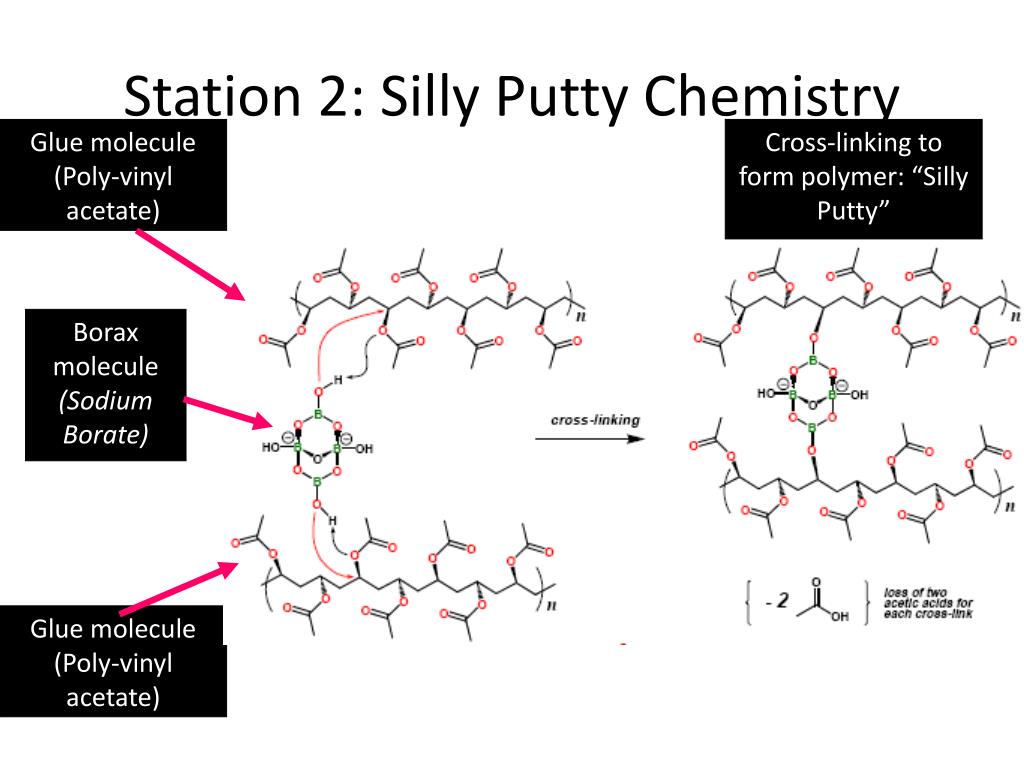Introduction
Silly Putty is a popular toy that has been around for many years. It is loved by children and adults alike because of its unique properties. It is a stretchy, bouncy, and squishy material that can be molded into different shapes. In this article, we will discuss the composition of Silly Putty and how it works.
History of Silly Putty

The history of Silly Putty dates back to World War II when the US government was searching for a material that could be used as a substitute for rubber. James Wright, a scientist, discovered the material while conducting experiments with silicone oil and boric acid. The result was a bouncy, stretchy material that was unlike anything he had ever seen before. However, it was too soft and sticky to be used as a substitute for rubber.
Composition of Silly Putty

Silly Putty is made of silicone polymers, which are long chains of molecules that are linked together. The silicone polymers are mixed with a cross-linking agent, which is usually boric acid. The cross-linking agent helps to bind the silicone polymers together and create a solid material.
Silly Putty also contains a small amount of other ingredients, such as coloring agents and surfactants. The coloring agents are used to give the putty its distinctive color, while the surfactants are used to control the texture of the material.
How Silly Putty Works

Silly Putty is a non-Newtonian fluid, which means that its viscosity changes depending on the amount of force applied to it. When Silly Putty is at rest, it behaves like a solid material. However, when it is stretched or squeezed, it becomes more liquid-like and can flow like a liquid.
When Silly Putty is stretched, the long chains of silicone polymers are pulled apart, which causes the material to become more liquid-like. When the stretching force is released, the silicone polymers snap back into their original position, which causes the putty to bounce back to its original shape.
Uses of Silly Putty

Silly Putty is primarily used as a toy or stress ball. It can be stretched, squeezed, and molded into different shapes, making it a fun and entertaining toy for children and adults alike. However, Silly Putty also has some practical uses.
For example, Silly Putty can be used to pick up dust and dirt from hard-to-reach places, such as between keyboard keys or in the corners of a room. It can also be used as a sealant to fill small gaps and cracks.
Safety Precautions
:max_bytes(150000):strip_icc()/silly-putty-523624204-5b11acb53128340036af94aa.jpg)
Silly Putty is generally considered to be safe for children to play with. However, there are some safety precautions that should be taken.
Firstly, Silly Putty should not be ingested. If ingested, it can cause digestive problems and blockages. Secondly, Silly Putty should not be used on or near fabrics, as it can leave a stain. Finally, Silly Putty should not be used by children who have a tendency to put things in their mouth.
Conclusion
Silly Putty is a fun and entertaining toy that has been around for many years. Its unique properties make it a favorite among children and adults alike. The composition of Silly Putty is made up of silicone polymers, cross-linking agents, coloring agents, and surfactants. Its non-Newtonian fluid properties allow it to stretch, bounce, and mold into different shapes. While it is primarily used as a toy, it also has some practical uses. However, safety precautions should be taken when handling Silly Putty.